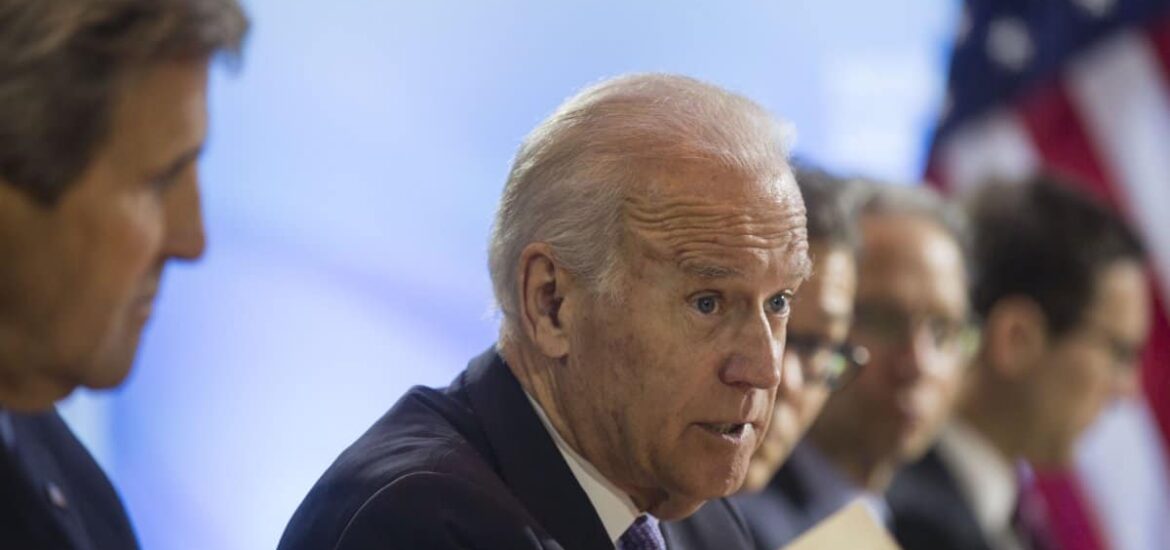The U.S. is poised on the brink of a major labor shift. The Biden administration is set to unveil a rule that could transform how gig economy workers are classified, impacting millions and stirring up a mix of reactions across various industries.
A Groundbreaking Rule
The Biden administration is about to introduce a rule that will make it harder for companies to classify workers as independent contractors. The change is set to redefine employment in the gig economy, as it ensures workers who are “economically dependent” on a company receive employee benefits and legal protections.
Various sectors, including ride-sharing and delivery services, will feel the rule’s effects. When the draft was proposed, it significantly affected the stock prices of major companies like Uber, Lyft, and DoorDash, hinting at the rule’s vast impact.
Stock Market Reaction
The announcement of this impending rule led to notable fluctuations in the stock market. Shares of DoorDash, Lyft, and Uber saw significant changes, indicating investors’ concerns and anticipations regarding the new regulation’s impact on these gig economy giants.
Critics, like Marc Freedman of the U.S. Chamber of Commerce, argue that the rule will cause several issues. “It is likely to threaten the flexibility of individuals to work when and how they want and could have significant negative impacts on our economy.” This loss of autonomy over work schedules and locations is a major concern, particularly for those who value the gig economy for its flexibility.
Enhancing Worker Security
On the other hand, the proposed rule could greatly enhance job security and benefits for gig workers. As employees, they would gain access to health insurance, unemployment benefits, and other protections typically unavailable to contractors. This shift towards more secure employment could attract a new demographic to gig jobs, appealing to those seeking stability alongside flexibility.
Opponents of the rule suggest it could negatively affect the U.S. economy. Limiting the gig economy’s flexibility might constrain the earning potential of millions who rely on these platforms for income.
Evaluating Worker Status
The Labor Department will assess several factors to determine a worker’s status, including the opportunity for profit or loss, the degree of control by the employer, and whether the work is integral to the business. This comprehensive approach aims to more accurately classify workers.
The rule represents a significant departure from the Trump administration’s stance. The previous regulation was more favorable to treating workers with business ownership or the ability to work for competitors as contractors.
Legal experts predict the rule’s drastic change from Trump-era policies will lead to lawsuits. Federal agencies are required to justify such significant regulatory shifts, setting the stage for legal battles ahead.
Advocacy for Worker Rights
The Biden administration and worker advocates argue that stricter standards are necessary to address the widespread misclassification of workers. This move aligns with U.S. wage laws and numerous federal court decisions.
Studies highlight the financial disadvantages faced by contractors. For instance, truck drivers, construction workers, and home health aides working as contractors earn significantly less than their employee counterparts, losing out on thousands of dollars annually
Business Concerns
Business groups have expressed strong opposition to the draft rule. They anticipate increased labor costs in many sectors, including trucking, retail, and manufacturing, as a result of the policy shift.
Adapting to these changes may lead companies to adjust their business models, potentially resulting in increased costs for consumers. For example, ride-sharing fares and delivery charges could rise as companies look to offset the higher costs of employing workers. This scenario raises questions about the long-term sustainability of current gig economy pricing structures.
Labor laws like minimum wage and overtime pay apply only to employees, which can cost companies up to 30% more than independent contractors. This cost difference is a key factor in the debate over worker classification.
The Outlook for Freelancing in the US
The gig economy is massive, with nearly 40% of U.S. workers, or over 64 million people, engaging in freelance work. Amendments to legislation may substantially alter the landscape of freelance work in the country.
Both workers and companies need to prepare for the potential changes this rule will bring. It could lead to a significant restructuring of employment practices in the gig economy and affect millions of Americans.
As the country awaits the final details of the rule, its potential to reshape the gig economy is immense. The balance between worker protection and business flexibility will be a key theme as this policy unfolds.
More From Frugal to Free…
24 High-End Beauty Products That Aren’t Worth Splurging On
24 Retro Kitchen Gadgets Surprisingly Worth Big Money
The post New Gig Economy Rules – How Do They Affect Your Income? first appeared on From Frugal to Free.
Featured Image Credit: Shutterstock / Drop of Light. The people shown in the images are for illustrative purposes only, not the actual people featured in the story.
